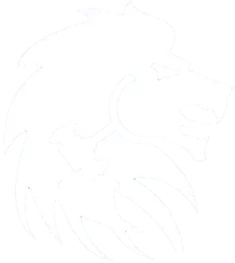Free Content Via Android, Windows, and MacBook App
Download Forensic MCQ Apps And Access this page for FREE.
ForensicMCQ Official Apps
Free Content Via ForensicMCQ Apps
You can read the content of the page free on our Android App, Microsoft Windows, and Apple MacBook software.
Note: We currently don’t support iPhones and iPads and are not planning to launch the iOS version of this app soon.



